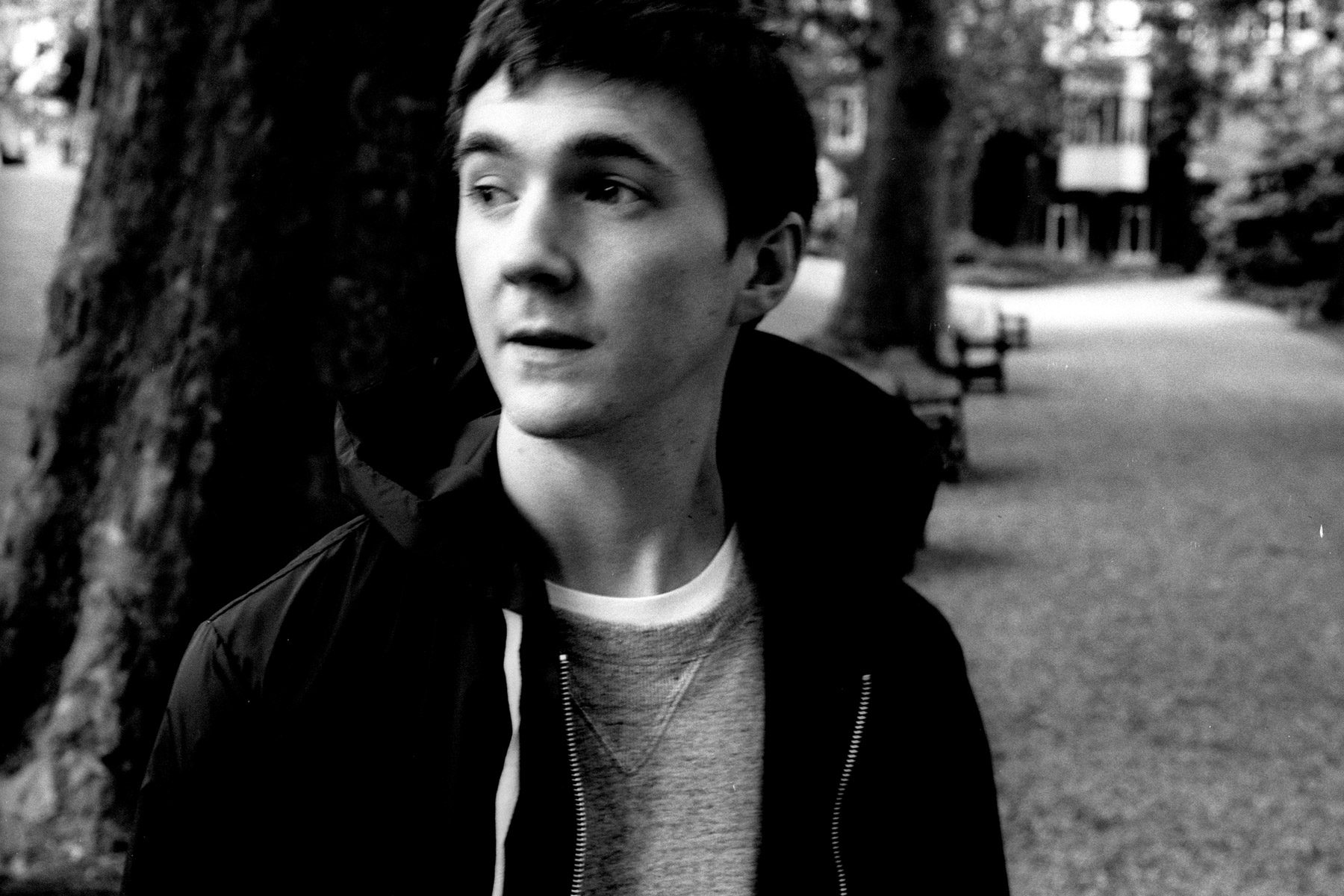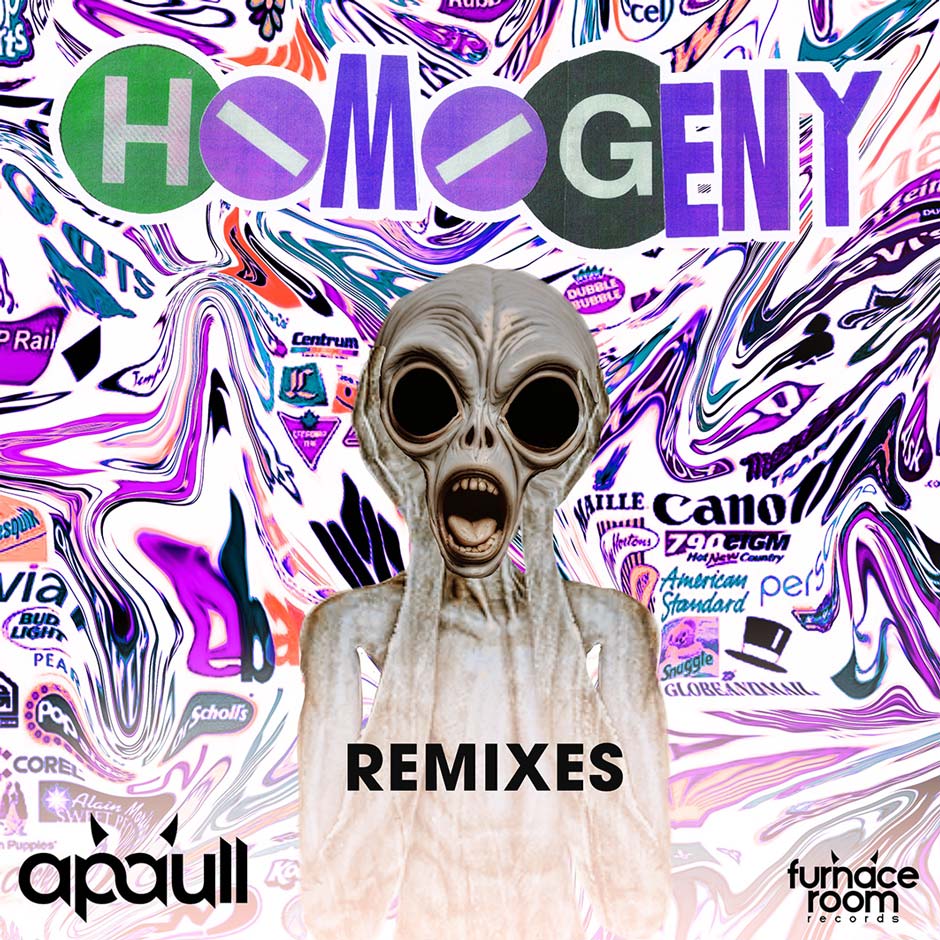A bold new vision from creative studio Bompas & Parr is rethinking the fate of London’s financial heartlands, Canary Wharf and the City of London, inviting them to shed their corporate identities and be reborn «as a pulsating rave arena».
Photo credit: Christopher Burns on Unsplash
In their Future of P‑Leisure 2026 report, the studio proposes that underutilised office blocks could be repurposed into thriving late‑night entertainment zones, transforming empty lobbies into DJ booths and rooftops into immersive light‑show arenas. A convergence of empty space and nightlife collapse with hybrid working entrenched post‑pandemic, both Canary Wharf and the City see dramatic drops in weekday and Friday footfall. While 500,000 people commute into the Square Mile each workday, only 8,000-8,500 reside there leaving vast swathes of glass and steel deserted by night. At the same time, the UK’s nightlife industry is facing an existential crisis: over one‑third of clubs have closed since March 2020 with more than half of all clubs gone since 2013 driven by lockdowns, rising costs, licensing hurdles and changing consumer habits.
Capitalism meets counterculture in the urban canyons and Bompas & Parr envision a future where daytime business centres become nocturnal playgrounds. Office lobbies, rooftops, boardrooms, even toilet queues, morph into party zones. The report paints a dizzying picture: «a sprawling web of passionate chaos as capitalism and counterculture merge». This proposal isn’t just theoretical, Michael Kill, CEO of the Night Time Industries Association, calls it a practical solution. With fewer residents to complain about noise and Fridays now feeling like extended weekends, landlords are actively seeking new uses and nightlife operators are ready to fill the void. Kill highlights ongoing discussions about updating zoning and licensing to favour nightlife and hospitality in financial districts.
Why could this vision make sense for London’s nightlife? Minimal noise disruption: Few residents live in these business districts, lowering barriers around late licensing and sound complaints. Creative use of existing infrastructure: Rooftops, boardrooms, subterranean lobbies, all become unique club spaces. With Fridays no longer full, office landlords are considering flexible tenancy terms or temporary leisure licenses. Just as Manchester’s Hacienda helped spark urban revival, London’s skyscrapers could host the next chapter of UK nightlife culture.
Imagine it, London’s new after-hours playground Canary Wharf’s glass towers glowing to throbbing beats; DJs spinning from atrium stages; light installations sprawling across high-rise corridors; rooftops converted into multi-level party zones. One evening brings techno, the next ambient chillout and late‑night wellness spaces all in walking distance from public transport and calamari stands. In short, can big city banks and glitzy office towers trade profit margins for pulse‑raising rhythms overnight? With backing from industry insiders like NTIA’s Michael Kill, a threatened nightlife scene and desolate corporate real estate ripe for creative reuse, the answer may be yes. It’s an invitation to dance in the heart of capitalism and London’s financial districts might never feel the same again.












